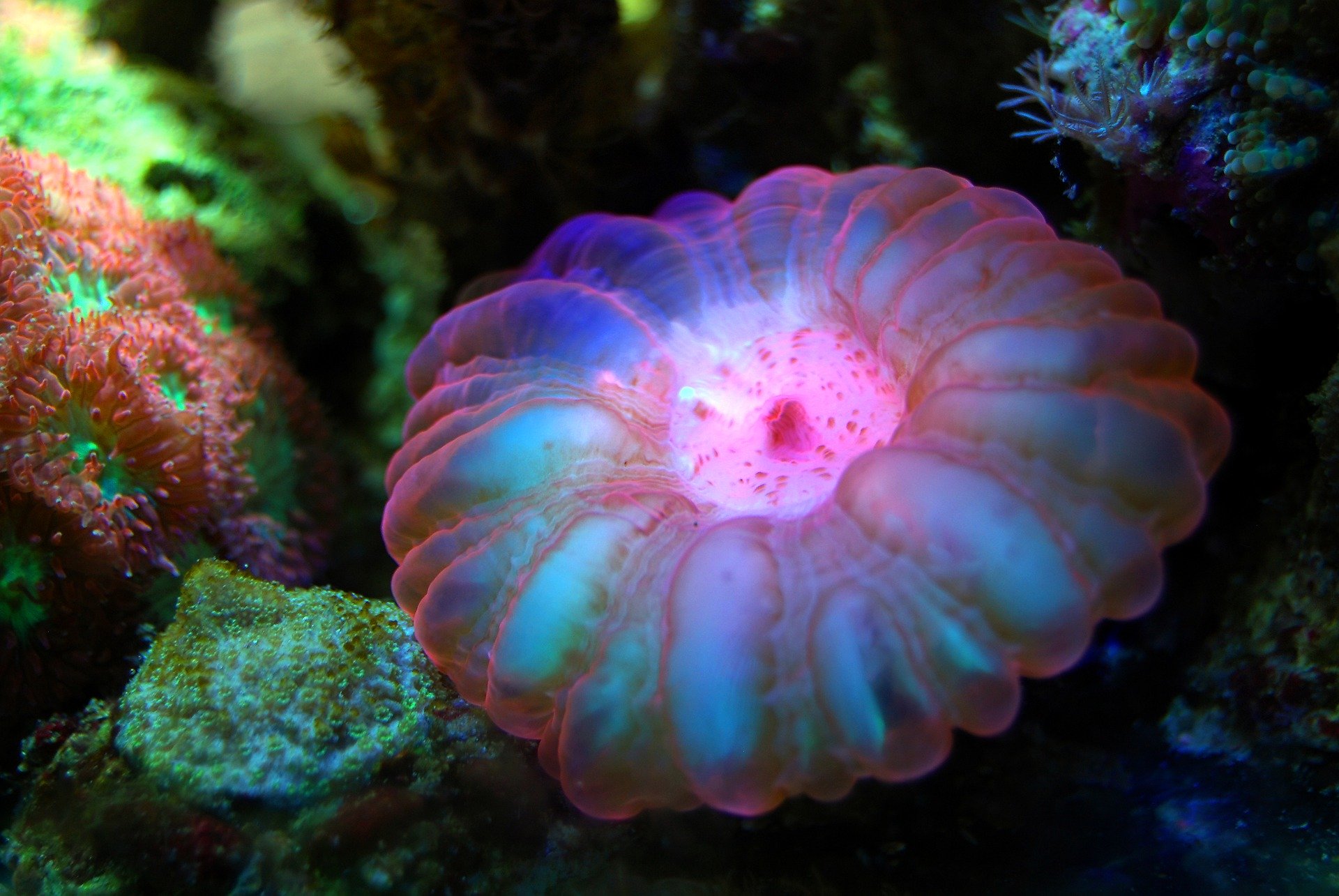Chapter 3: Bioregionalism — Living Within the Limits of Place
Bioregionalism starts with the recognition that each region has its own ecological, cultural, and hydrological identity. By organizing social, economic, and political life around bioregions—rather than arbitrary administrative boundaries—we can realign human activity with the natural systems that sustain life. Bioregionalism fosters place-based governance, regenerative economies, and a deep sense of cultural belonging.
The modern bioregional movement was shaped by the pioneering work of Peter Berg and the Planet Drum Foundation, who in the 1970s articulated a vision of living in harmony with natural systems defined by watersheds, landforms, and endemic flora and fauna. Berg, drawing inspiration from Aldo Leopold’s land ethic and the ecological wisdom of Indigenous peoples, argued for a reinhabitation of place—relearning how to live sustainably within the limits of local ecosystems.
Kirkpatrick Sale expanded on these ideas, linking bioregionalism to decentralization and cultural renewal. The Balaton Group, founded by Donella (Dana) Meadows and Dennis Meadows, brought a systems thinking lens to regional sustainability, inspiring new approaches to metrics and governance rooted in ecological boundaries. John Todd’s work in ecological design and his development of living machines demonstrated practical applications of bioregional principles in wastewater treatment and habitat restoration.
Today, the bioregional approach is gaining momentum across the globe. In Cascadia, the bioregional identity has fostered new models of governance, food systems, and cultural revitalization. Joe Brewer’s work in Barichara, Colombia is a living laboratory for whole-systems bioregional regeneration—restoring eroded hillsides, engaging local farmers, and seeding a vision of long-term ecological stewardship.
Bioregions are not just abstract constructs; they are subsystems of continental formation, such as the Great Lakes Basin, the Mississippi Watershed, or the Sonoran Desert. Restoring the integrity of these large landscapes—through efforts like river restoration, desert reforestation, and regenerative agriculture—offers both ecological and social dividends.
The landscape-scale restoration led by John D. Liu in China’s Loess Plateau showed the world what is possible when degraded lands are healed through ecosystem thinking, public investment, and community participation. Liu’s vision continues to inspire large-scale efforts, such as those of Neal Spackman in Saudi Arabia, applying principles of permaculture to desert restoration.
Indigenous land management practices—such as fire ecology, seasonal migration, and polycultural farming—are increasingly recognized for their sophistication and relevance. Restoring bioregions means centering Indigenous knowledge and restoring Indigenous land tenure.
Community engagement is fundamental. Cultural regeneration goes hand-in-hand with ecological regeneration. Language revitalization, intergenerational learning, local festivals, and storytelling are all part of reawakening the bioregional imagination.
Bioregional finance—sometimes referred to as BioFi—is emerging as a tool to channel philanthropy and social impact capital into place-based initiatives. This includes support for regenerative agriculture, renewable energy, cooperative housing, and land restoration. Flow funding, trust-based giving, and participatory investment models are crucial to reorienting capital toward long-term ecological well-being.
R3.0 (Redesign for Resilience and Regeneration) and similar networks are helping redefine metrics for sustainability, introducing concepts such as bioregional carrying capacity and thresholds-based reporting. These frameworks help organizations and communities align their development goals with the actual limits and potential of the places they inhabit.
Restoring the oceans, like restoring land, requires bioregional thinking—understanding marine ecosystems as part of larger coastal and watershed systems. Regenerative aquaculture, marine protected areas, and traditional fishing practices all play a role.
Ultimately, bioregionalism is not just about ecological science or governance models. It is a cultural and spiritual awakening. It is about remembering where we are, and who we are in relation to the land, the waters, the more-than-human world, and each other.
Awakening the bioregional imagination invites us to ask: What does this place need to heal? What can I offer to this place? And how can we, together, co-create a future rooted in care, reciprocity, and reverence?
